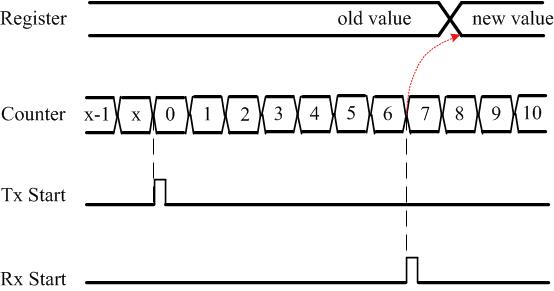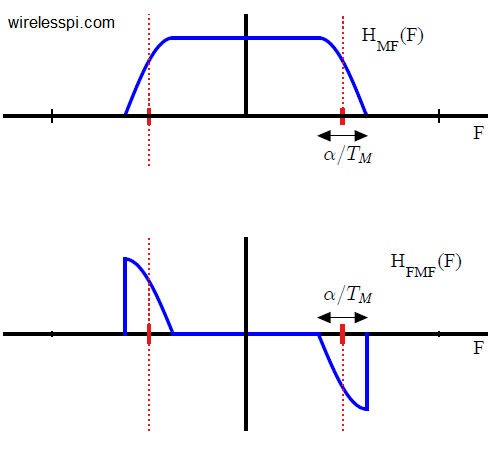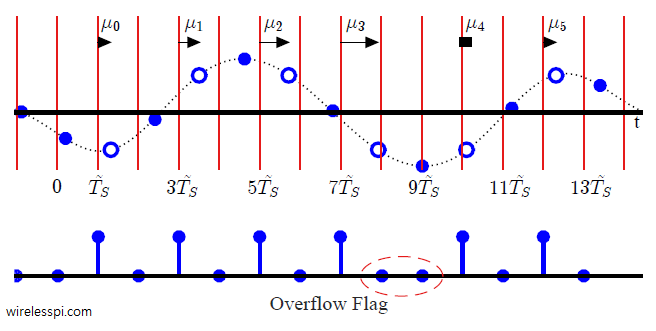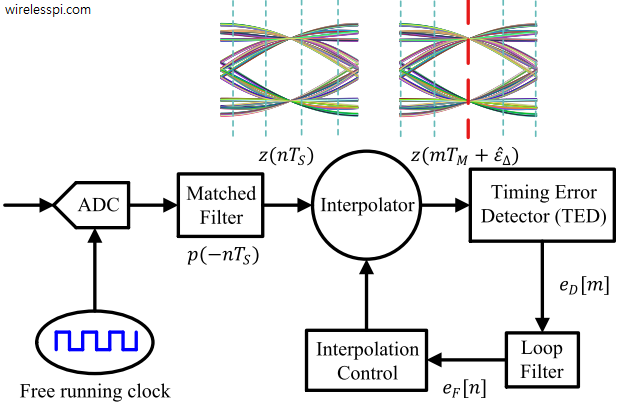With the growth in the Internet of Things (IoT) products, the number of applications requiring an estimate of range between two wireless nodes in indoor channels is growing very quickly as well. Therefore, localization is becoming a red hot market today and will remain so in the coming years. See the big picture of localization for general solutions to this problem. One question that is perplexing is that many companies now a days are offering cm level accurate solutions using RF signals. The conventional wireless nodes usually implement synchronization techniques which can provide around $\mu s$ level accuracy and if
Continue reading



